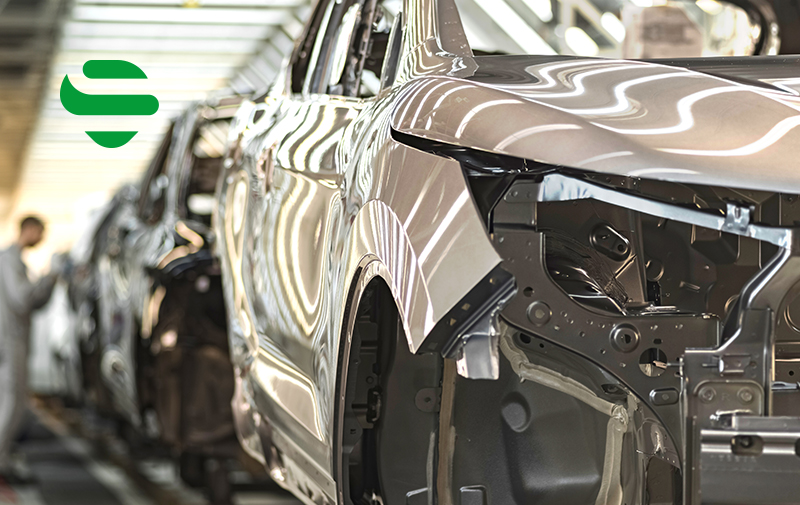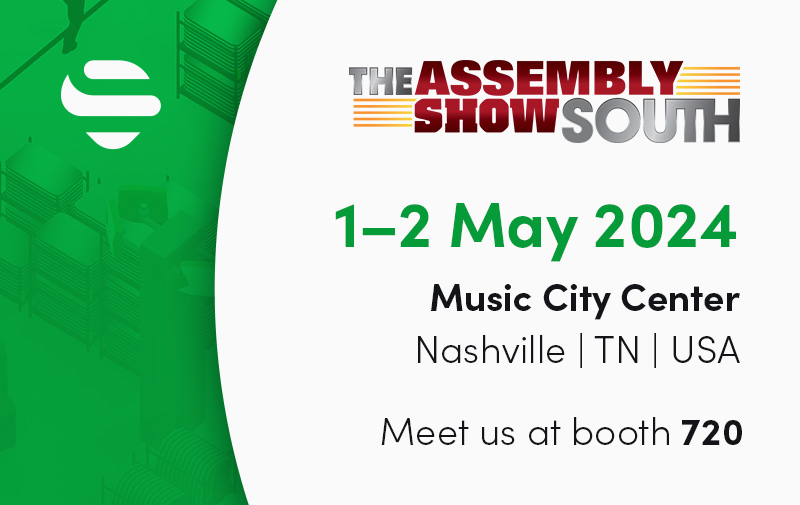
What the Digital Hero Contest Taught Us
By Petr Passinger | November 9th, 2020 | 6 min read
We want to express a big thank you to everyone who participated in our Become a Digital Hero contest! We received 327 submissions – each of them with a unique use case or idea for leveraging a precise indoor-location-tracking solution. This was four-times-more entries than we expected, so, a big thanks also to those of you who spread the word about the contest as well.
Having such a large number of participants with so many various ideas made our selection process harder and more time consuming – but definitely worth it. Now we would like to congratulate each of the three amazing winners!
Although we don’t have approval to use their names, we can say that their use case ideas were all in different industrial verticals where UWB technology has the best fit due to its reliability and scalability. Their ideas were chosen as they promise great improvements over current processes, highly positive ROI and a payback period of below one year. Two winners are from USA and one from Belgium.
We would also like to thank the other 324 participants for taking the time to share their ideas with us. All of them have been contacted with a follow-up email and rather than keeping the findings based on their thoughts to ourselves, we have summarized them below.
The Use Case Ideas of Budding Digital Heroes!
We went through all 327 use cases and checked the contestants’ LinkedIn accounts to learn more about who the people behind the emails are who are driving digital innovation today and aspiring to become digital heroes in their companies. Here is the most common use cases and most frequent attributes of the persona who submitted them, distilled into, and recreated as a composite most-submitted use case:
“We would like to track employees in case of a disaster, to know their location to make sure they made it out safely. We will also use this for work process analysis – learning current practices for time or labor-intensive tasks with an eye towards simplification and better efficiency. Lastly, we want to leverage the same infrastructure for the real-time micro location of assets and integrate it via an API with our current WMS.”
This use case was submitted by a persona with the following most frequent attributes: Michael, working as a CTO in the Logistics & Supply Chain Industry in a company with 1,001-5,000 employees headquartered in California, USA.
The Top 10 Indoor Tracking Use Case Categories
The top three use case categories of People, Asset and Forklift tracking make up 82% of all use cases, followed by Covid-19 specific use cases, which can also be included in People tracking, making the top three almost 90%.
Because of the impact of the current climate and the high number of submitted pandemic-related use cases, we have separated Covid-19 specific cases instead of including them in People Tracking to showcase the influence of the current pandemic on the market. The Covid-19 specific use cases include Social Distancing and Contact Tracing.
No matter what the use case, Sewio ultrawideband-powered RTLS can cover all using the same infrastructure – one cabling and set of anchors enable the tracking of people, assets and forklifts alike. It is interesting to see the correlation between this data and our latest infographics, although, they have different data sources: Industry 4.0: Expectations vs. Reality About Digital Transformation Using RTLS
The Top 10 Verticals for Indoor Tracking
As 23.4% of submissions did not specify a vertical, we have attributed them to the “General” vertical, these numbers could then be split proportionally among the rest, which will make the Industry vertical even stronger in its first position. With UWB’s precision, scalability and reliability to work even in hard industrial environments, it is no surprise that Industry is the leading vertical for leveraging Sewio RTLS.
The Top 10 Countries by Contestants
Of course, our company language of English will always tend to influence the numbers above, favoring countries where the world’s most spoken language is commonly used, yet we got submissions from 58 different countries, many where English is not the official language – from Columbia, through Kuwait to Japan.
Interestingly, Singapore, a country with the same population as Minnesota and half the size of American Samoa, made it to the list above those with much bigger economies.
Three Touching Use Cases Where RTLS Can Improve the Lives of Those Who Matter to Us Most
The submitted use cases also included many moving ones. Many towards fighting the current pandemic, others improving the lives of the ones we care about the most. Read these three examples of unedited touching use cases as submitted to the contest.
“My father was in the Alzheimer’s area of a hospital: despite every security control (Alzheimer’s-affected people tend to lose their way home), every now and then, someone exits the hospital and gets lost. I’d like to create a network to monitor people’s positions and avoid dangerous situations for the elderly.”
“I want to create one indoor intelligent device that can protect my little baby through an automatic closing door. Whenever I open the door and go through it, my little baby runs and tries to go with me, and sometimes that automatically closing door hits her.”
“A Man Down alarm triggers a Bluetooth-enabled two-way radio, which uses beacons for tracking. The software can either display the location via a map or send a text message with the location to other radios along with an emergency alarm. The software can also escalate the alarms to emails if required.”
Seven “Off the Beaten Path”, Yet Interesting Indoor Tracking Use Cases
While the people-tracking use cases for improving safety and asset tracking for boosting efficiency were the most common ones, here is a pick of those we don’t hear that often, if ever.
“Waiting for the elevator is really frustrating. Either as a resident starting your day, a professional walking into a building with multiple elevators, or a doctor having your name heard aloud in a busy hospital, waiting for the elevator is a total waste of time that can flip you out. Precise indoor tracking can save valuable time and tempers simply by analyzing movement patterns and predicting the need for elevators just in time to keep everyone satisfied (as much as possible). In addition, priorities can be considered as well. So, the next time you are waiting for a hospital elevator, you know a doctor is being served first to keep your loved ones healthy.”
“Tracking for spatial sound applications or showing tracking in general, for instance: Tracking actors or singers on stage and sending positional data to lighting consoles and spatial sound processors via established protocols (OSC, PosiStageNet, Artnet).”
“At international business conferences, the main aim of attendees is to meet people with common interests for expanding business. With indoor tracking enabled through a wearable device and mobile, one can get alerts along with a photo of the person (with the common interest), whenever such a person is within 10 meters. It would mean these people could personally meet and discuss new opportunities. This would enable the most effective networking and maximize business growth!”
“When you are near the refrigerator, an automatic notification in the smart home will be displayed about the things that need to be ordered in the next few weeks or need to be checked. The reminder will be put there by your wife or mom.”
“The most obvious indoor-tracking use case is to notify me when there is someone outside the toilet door when I’m taking care of business.”
“Track mice inside holes in the ground for research purposes. Also suitable for moles. Very useful.”
“Tracking the growth of cannabis and people.“



